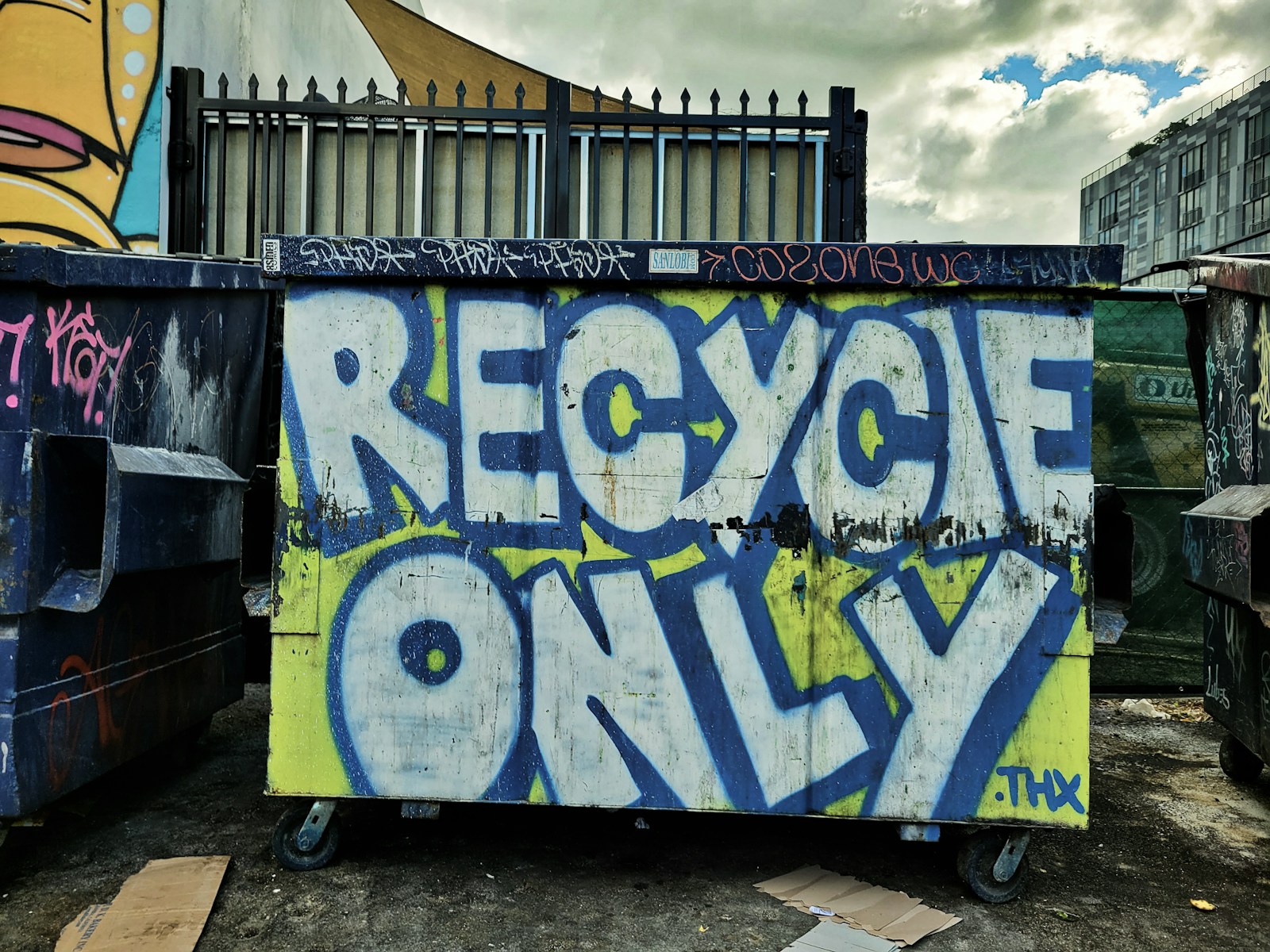The Most Important Environmental Movement You've Never Heard Of: The Right to Repair

When your smartphone battery dies, your laptop screen cracks, or your smart appliance stops working, what do you do? For most of us, the answer is frustratingly simple: we replace it. The cost of an official repair is often prohibitively expensive, and independent repair shops are frequently unable to get the necessary parts, tools, or diagnostic information from the manufacturer. This is not an accident; it is a design choice. For decades, manufacturers have been making their products increasingly difficult to repair, locking consumers into a cycle of disposal and replacement. This has given rise to a powerful, grassroots counter-movement that you may have never heard of, but which is one of the most critical environmental movements of our time: the Right to Repair.
At its heart, the Right to Repair is about ownership. It is the simple idea that if you buy a product, you should have the right to fix it yourself or take it to an independent technician of your choice. The movement advocates for legislation that would require manufacturers to make their parts, diagnostic tools, and repair manuals available to consumers and independent repair shops at a fair price. It is a fight against the monopolies that companies have created over the repair of their own products.
The environmental stakes of this fight are enormous. Our throwaway culture has created a global crisis of electronic waste, or e-waste. Globally, we generate over 50 million tons of e-waste every year, a number that is growing rapidly. This is a toxic tide of discarded phones, computers, and appliances filled with hazardous materials like lead, mercury, and flame retardants. When improperly disposed of, these toxins can leach into soil and water, harming human health and ecosystems. E-waste is also a tragic waste of resources. Our gadgets are filled with valuable materials, including gold, silver, copper, and rare earth elements, the mining of which comes at a significant environmental cost. The Right to Repair is a direct assault on this problem. By making products last longer, we can dramatically reduce the amount of e-waste we generate and decrease the demand for newly mined materials.
The opposition to the Right to Repair comes, unsurprisingly, from the manufacturers themselves. They argue that restricting repair to their authorized networks is necessary to protect consumer safety, ensure data security, and safeguard their intellectual property. Critics, however, see these arguments as a smokescreen for a more powerful motive: profit. The repair market is a lucrative one, and by controlling it, companies can charge high prices for simple fixes. More importantly, a product that is difficult or expensive to repair is more likely to be replaced, driving sales of new devices. This business model, often called "planned obsolescence," is fundamentally at odds with the principles of sustainability.
The good news is that the Right to Repair movement is gaining momentum. Farmers in the United States are demanding the right to fix their own high-tech tractors. Medical technicians are fighting for access to the service manuals for critical hospital equipment. Lawmakers in the European Union and several U.S. states have passed or are considering landmark Right to Repair legislation, forcing companies to open up their repair ecosystems. This is not just a consumer rights issue; it is being recognized as a cornerstone of the circular economy.
The Right to Repair challenges us to rethink our relationship with technology. It pushes back against a culture of passive consumption and reclaims a tradition of tinkering, problem-solving, and stewardship. It argues that a truly "smart" device is not just one with a powerful processor, but one that is designed to last, to be maintained, and to be fixed. By extending the lifespan of the products we own, we can take a significant and tangible step towards a more sustainable and less wasteful world. It is a reminder that one of the most powerful engineering principles for sustainability is simply building things to last.



